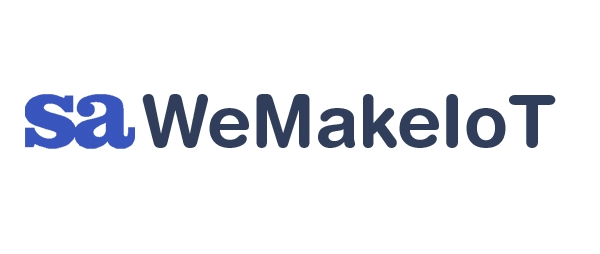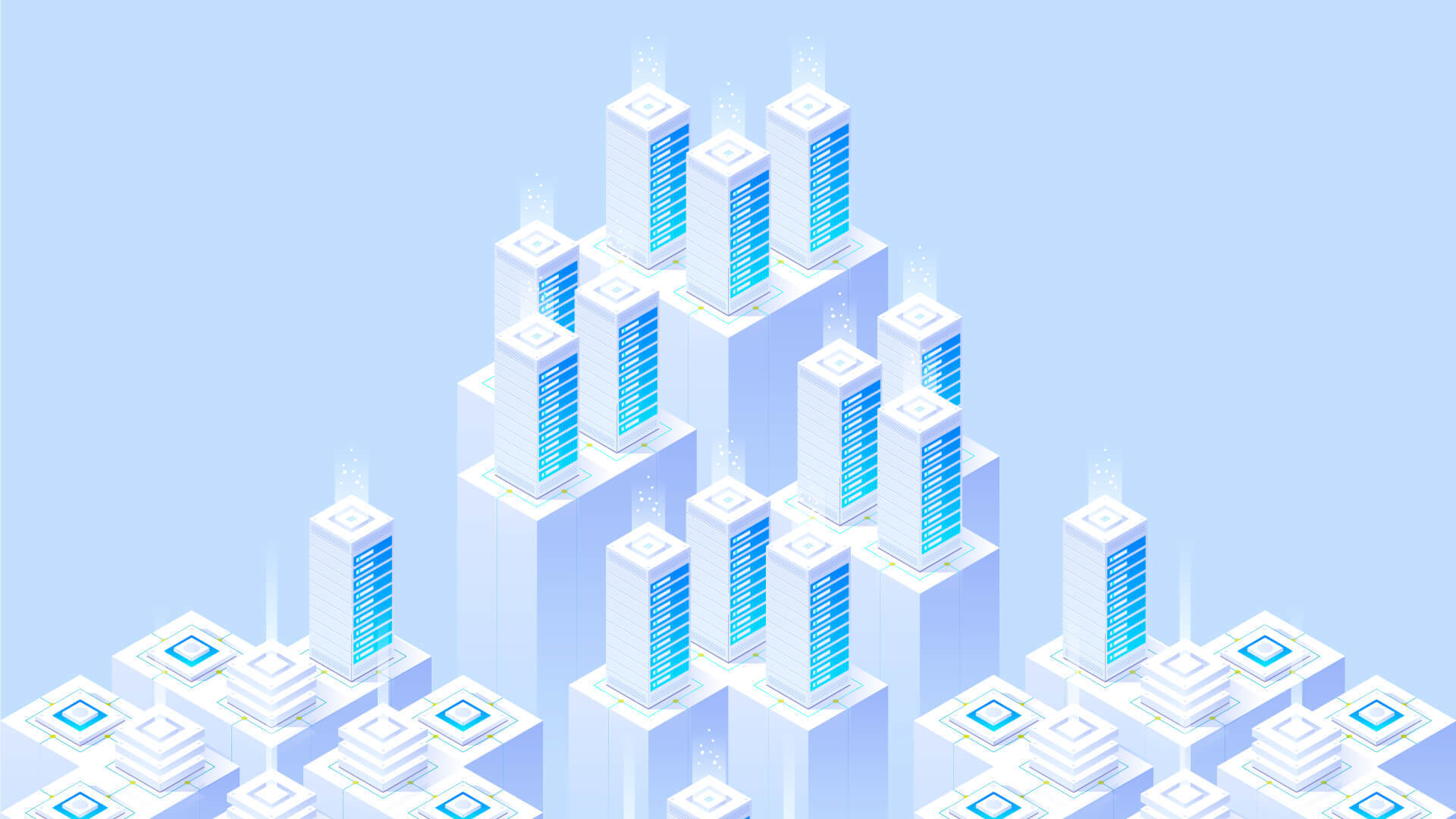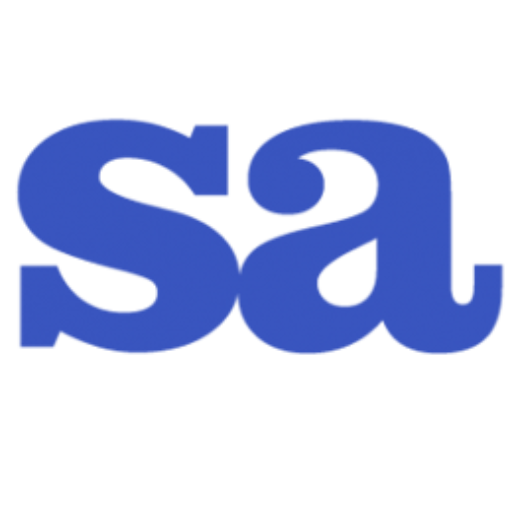LoRaWAN is a popular technology for trackers due to its low power consumption and long-range capabilities.
Trackers are used in multiple applications like:
- Pet tracking
- Fleet tracking
- People tracking
- Shipment tracking and more.
They are also available in multiple form-factors ideal for different use-cases.
We have implemented different types of trackers as detailed below:
1. GPS based trackers
There are GPS trackers that get location information from GPS satellites.
These are more accurate and work best outdoors as it needs a direct line of sight to the sky. Most of these LoRaWAN trackers can be configured with positioning interval, ping interval etc by sending commands through connecting serially or by LoRaWAN downlink messages.
2. Wi-Fi based trackers
There are Wi-Fi positioning trackers that pick up Wi-Fi signals from and transmit their MAC ID and signal strength. A third-party service like Google Geolocation can be used to calculate the position of the device with the help of its database of gateway MAC IDs and actual positions. This works well in indoor environments and cities where Wi-Fi is commonplace and GPS based tracking is not possible.
This is similar to cell ID based positioning where they record the cell tower and signal strength. From the database of cell towers and their locations, a service can identify cellular device’s position.
3. Software application-based tracking
Even without any tracking hardware, a LoRaWAN device can be located to an extent if the gateways have recorded their latitude and longitude correctly in the application server. This is required for public LoRaWAN networks like The Things network and Helium. So, if we know the last gateway/hotspot it connected through and signal strength, then the device can be located in an approximate position. Some LoRaWAN servers like Chirpstack have the option to run triangulation algorithms based on multiple gateway positions and signals, and provide a resulting geolocation along with the uplink message.
End note
At WeMakeIoT, we helped various clients onboard their trackers into the LoRaWAN server, decode its data and use it for various applications. Oyster LoRaWAN tracker, RAK 7200 were GPS trackers we helped connect to Chirpstack, decoded data and integrated to or developed applications on cloud. There were WPS based trackers from Nali, Viloc etc with their own cloud service which pushed decoded data stream that we helped convert to different format and protocol for a tracking application.
To know more about LoRaWAN, checkout this blog:
https://www.wemakeiot.com/lorawan-a-promising-technology-for-iot/
If you are interested in trackers, checkout this blog on Pet trackers:
https://www.wemakeiot.com/a-wearable-technology-to-track-your-pets/



